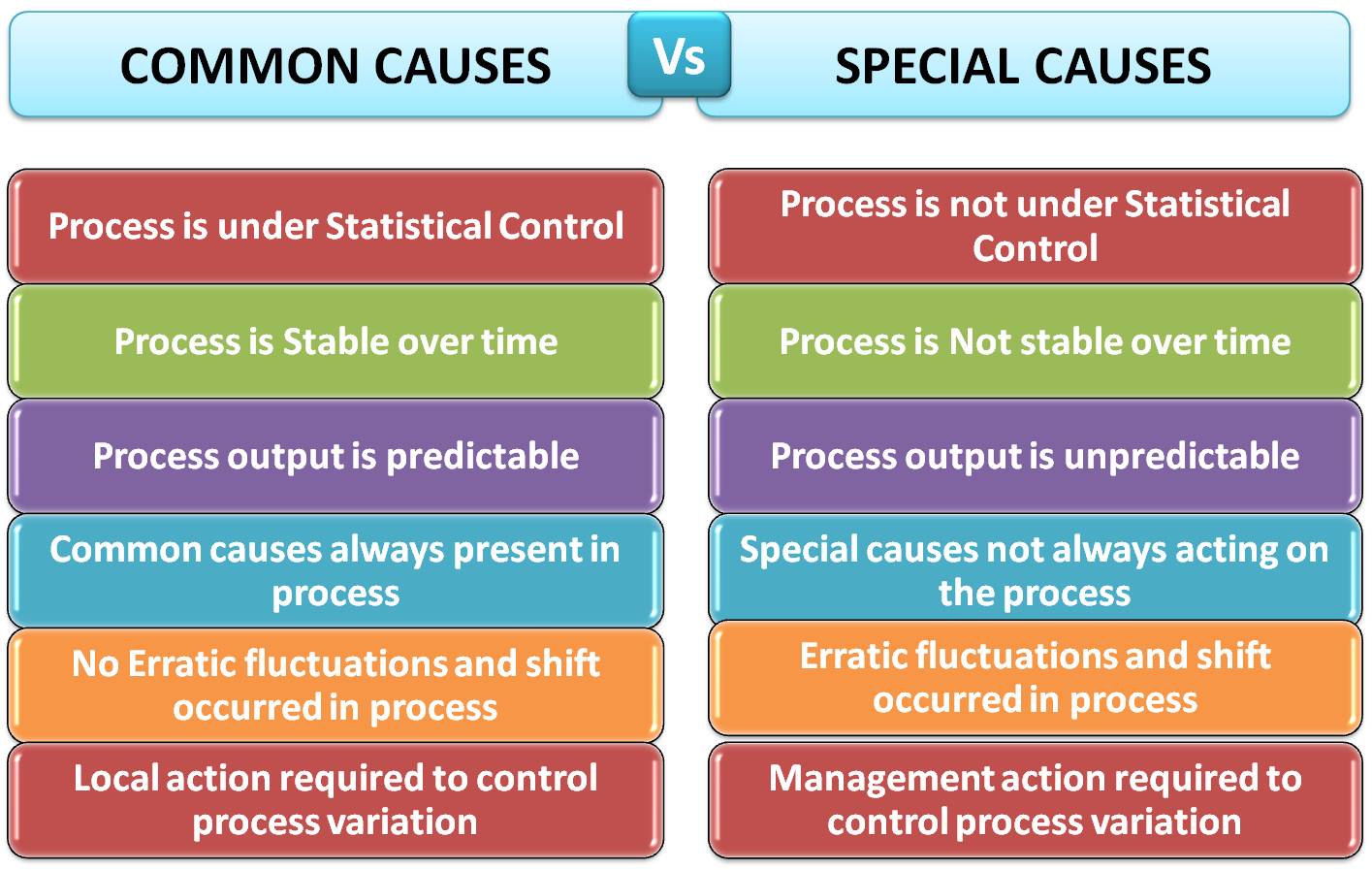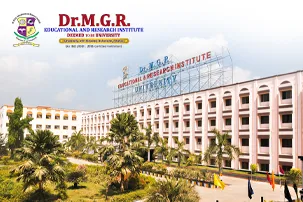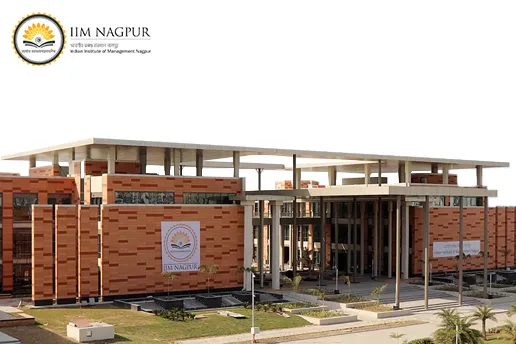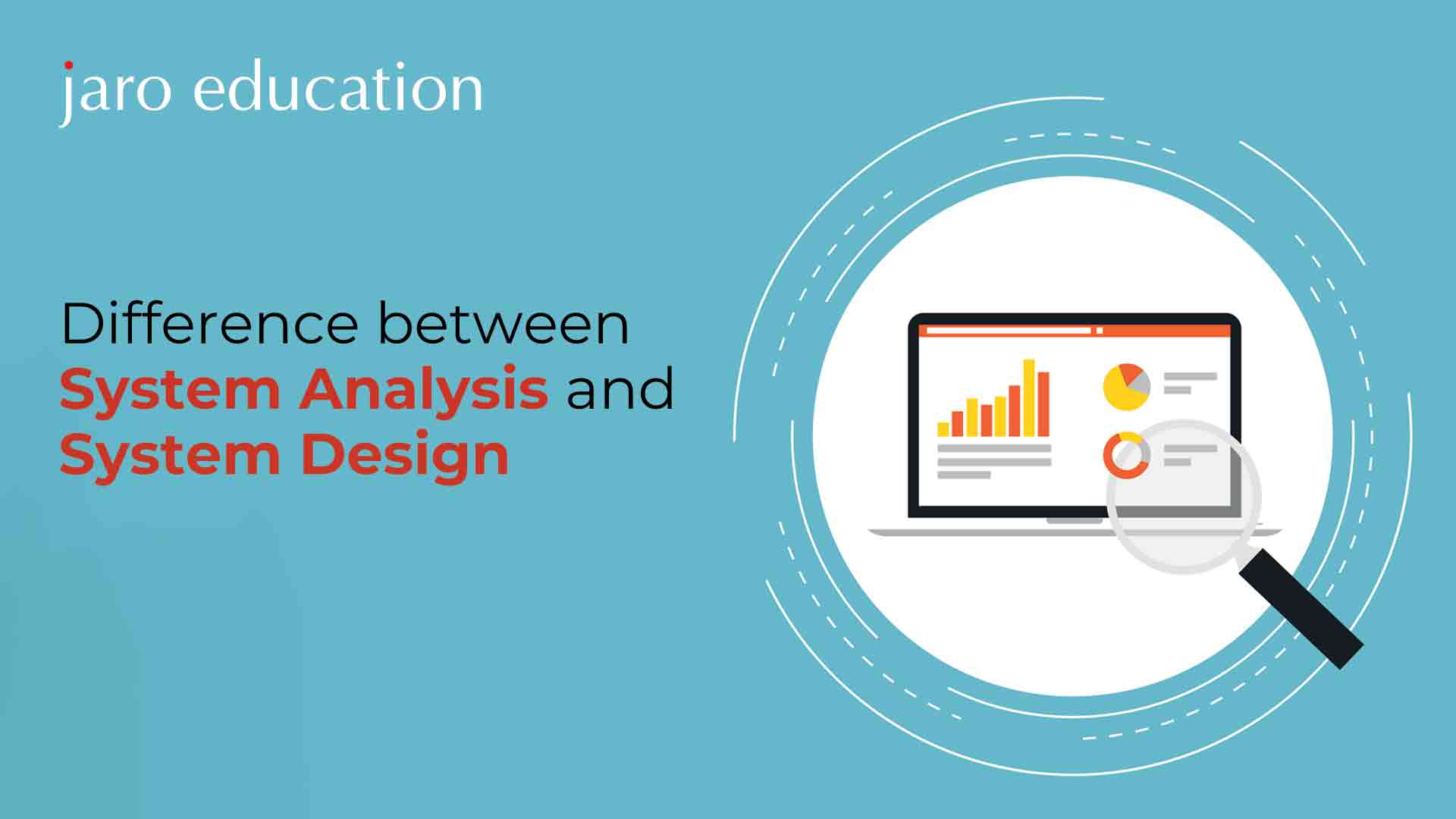What is Special Cause Variation? Definition, Examples, Importance
Table of Contents

In the competitive environment of today, manufacturers and businesses depend significantly on stability in terms of quality to ensure customer confidence and business efficiency. Even the best systems, however, fall victim to variation. It is important to know why variation happens, as not all variations are the same. Some are routine and anticipated, and others reflect underlying causes that need to be addressed.
This is where the difference between common cause variation and special cause variation is important. Common causes are the day-to-day, natural variations in a process, and special causes indicate abnormalities outside of what would be normal. Knowing the difference allows organizations to make smart decisions rather than knee-jerk reactions to any change.
The focus of this blog is Special Cause Variation—its meaning, how it appears, and why it is important. We will take you through simple special cause variation examples, from manufacturing, business processes, to service sectors, so you can see how these out-of-the-ordinary variations affect outcomes. By then, you will not only know the definition but also appreciate the significance of efficiently controlling such variations to maintain stability, quality, and sustained growth.
What is Special Cause Variation?
Special cause variation refers to a specific type of change in a process. It occurs due to unexpected factors that differ from the usual operation. This contrasts with common cause variation, which is the natural variation that happens in a stable process over time.
Special cause variation indicates changes that are not part of the regular process. These changes are often unexpected or assignable to a particular cause. When a process shows signs of special cause variation, it suggests something unusual has happened, prompting further investigation.
This concept has its roots in the work of W. Edwards Deming. He emphasized the importance of understanding variations in processes. Deming’s principles contributed to the development of Statistical Process Control (SPC), a method used to monitor and control processes through statistical techniques. By recognizing and addressing special cause variation, organizations can improve their processes and enhance product quality.
Features of Special Cause Variation
Unlike normal variation that fluctuates naturally in a system, Special Cause Variation is irregular and unpredictable. It doesn’t take any pattern, so it is hard to expect or avoid without effective monitoring tools. Such variation typically arises when an abnormal cause impacts the process.
One of the most important features is its association with identifiable causes. Machine failure, human mistakes, unexpected supplier problems, or policy changes are typical causes. In contrast to random noise, these causes can frequently be traced and corrected directly. Being aware of the distinction between common cause variation and special cause variation helps to prevent overreaction to stable systems while still reacting quickly to unexpected issues.
Another crucial aspect is that it frequently calls for corrective action, not just observation. Common causes are controlled by making the overall system better, but special causes call for pinpoint solutions—like fixing equipment, retraining employees, or reconfiguring an erroneous input.
Finally, special cause variation examples illustrate how these anomalies can disrupt a normally stable process. Left unchecked, they weaken quality and reliability, emphasizing the importance of immediate investigation and corrective action.
Examples of Special Cause Variation
To understand Special Cause Variation, it helps to look at real situations where unexpected disruptions create clear changes in outcomes. These events differ from normal fluctuations, making it crucial to recognize the difference between common cause variation and special cause variation.
In manufacturing, picture a production line where machinery has been operating smoothly for weeks. Suddenly, a key piece of equipment breaks down, resulting in an entire batch of defective products. This situation is not a normal fluctuation; it’s a clear case of a special cause that needs repair and immediate checks. Such examples show how equipment problems can affect the entire system, impacting both quality and costs.
Healthcare settings provide another clear example. A hospital might usually have stable patient wait times, but an unexpected staff shortage due to illness can lead to sudden increases in delays. This irregular factor directly affects patient experience and process stability. It emphasizes the need for quick corrective action instead of lengthy system changes.
Even service and IT industries encounter these disruptions. A system outage that stops customers from accessing important services isn’t caused by regular variability; it’s a rare but significant event. These examples remind us that such irregularities must be identified quickly, dealt with, and prevented from happening again to protect both efficiency and trust.
Difference Between Common Cause and Special Cause Variation
It is important to understand the difference between common cause variation and special cause variation to ensure efficient quality management. Common causes are expected, routine variations inherent in a process, whereas special causes are sudden interruptions with determinable causes.

*Tech Quality Pedia
Points of comparison:
- Predictability: Common cause is stable and predictable, whereas Special Cause Variation is sporadic and abrupt.
- Source: Common cause results from inherent system design; special cause results from specific problems such as breakdowns or policy changes.
- Management: Common cause calls for system improvement, while special cause calls for corrective action.
The recognition of the difference keeps managers from reacting to normal variations or dismissing critical anomalies. Real-world special cause variation illustrations—such as machinery failure in a production facility—emphasize why professionals have to understand how to differentiate between the two. Misestimating the cause wastes resources, upsets processes, and erodes customer confidence.
Importance of Identifying Special Cause Variation
Spotting special cause variation quickly is crucial for keeping processes stable. If left unchecked, these irregular disruptions can lead to long-term instability that harms efficiency and consistency. By recognizing common cause variation and special cause variation, managers can avoid treating every fluctuation as a crisis and focus on what truly needs attention.
Correct identification also prevents wasted resources. If a team confuses a special cause with routine variability, they may make broad system changes instead of fixing the actual issue. Targeted action saves time, money, and effort.
Examples of special cause variation in different industries highlight the risks: a sudden IT outage, a batch of defective products, or a spike in patient wait times. Each situation threatens customer satisfaction, compliance, and overall reliability. Quick detection and corrective measures restore confidence and protect outcomes.
Finally, identifying these variations supports continuous improvement approaches like Six Sigma and Lean. By addressing unusual causes quickly, organizations strengthen quality, reduce risk, and create processes that can adjust and improve over time.
How to Detect and Address Special Cause Variation
Detecting Special Cause Variation starts with the right tools and techniques. Statistical Process Control (SPC) methods, especially control charts, are commonly used to tell apart common cause variation and special cause variation. When data points fall outside control limits or display unusual patterns, they indicate the presence of a special cause.
Once detected, root cause analysis is vital. Tools like Pareto analysis and the Fishbone diagram help teams track the underlying issue, whether it’s equipment failure, human error, or a sudden policy change. Clear examples of special cause variation, such as a sudden increase in defects or service delays, often point directly to specific causes.
Addressing these problems follows systematic steps: investigate the anomaly, remove the cause, and then monitor results to ensure stability is back. A crucial point is to avoid overreacting. Not every fluctuation indicates a crisis, which is why it’s important to separate common cause variation from special cause variation. Overcorrecting stable systems wastes resources, while promptly correcting real special causes protects quality and efficiency.
Best Practices in Managing Special Cause Variation
Sustainable quality management requires integrating practices that make detecting Special Cause Variation part of daily operations. Setting up strong monitoring systems, like real-time dashboards or control charts, ensures that unusual patterns are identified quickly. Understanding the relationship between common cause variation and special cause variation helps employees know when to act and when to just monitor.
Training staff to notice warning signs and enabling them to take corrective actions builds organizational resilience. At the same time, companies need to balance proactive strategies with corrective responses—anticipating potential risks while being ready to handle unexpected issues. Documenting examples of special cause variation also helps teams learn from past problems and avoid future incidents.
Ultimately, best practices focus on creating a quality-driven culture where analyzing variation is standard. This approach reduces instability, improves reliability, and supports long-term improvement efforts.
Conclusion
Understanding Special Cause Variation is key to managing quality and ensuring process stability. Unlike regular fluctuations, these irregularities reveal deeper issues that can impact performance and customer satisfaction. By distinguishing between common cause variation and special cause variation, managers gain insight into where to take action and how to respond effectively.
From using control charts to examining examples of special cause variation, detection and timely correction are essential for competitiveness and reliability. Incorporating these practices not only prevents waste but also aligns with continuous improvement methods like Lean and Six Sigma.
Organizations that focus on identifying and addressing special causes create stronger, more adaptable systems, ultimately ensuring long-term success.
Frequently Asked Questions
What is a special cause concerning variation?
A Special Cause Variation is unforeseen, abnormal variation in a process that can be attributed to identifiable factors. In contrast to normal fluctuation, these necessitate specific corrective measures.
What is an example of a special cause?
Typical special cause variation examples include a manufacturing machine breakdown, unexpected personnel shortages in healthcare, or an IT outage impeding service delivery.
What is the difference between natural and special cause variation?
Natural, or common cause, variation is expected and embedded in the system, whereas special cause variation is random and a result of detectable problems. Knowledge of common cause variation and special cause variation allows managers to respond in the right way.
How to identify special cause variation on a control chart?
Special Cause Variation is apparent when points fall outside of control limits or exhibit non-random behavior. Control charts facilitate it to distinguish between normal noise and abnormal interference.
Which statement describes special cause variation?
It is a random variation associated with definable causes that disrupts an otherwise stable process. Resolving special cause variation examples promptly guarantees quality and consistency.

















